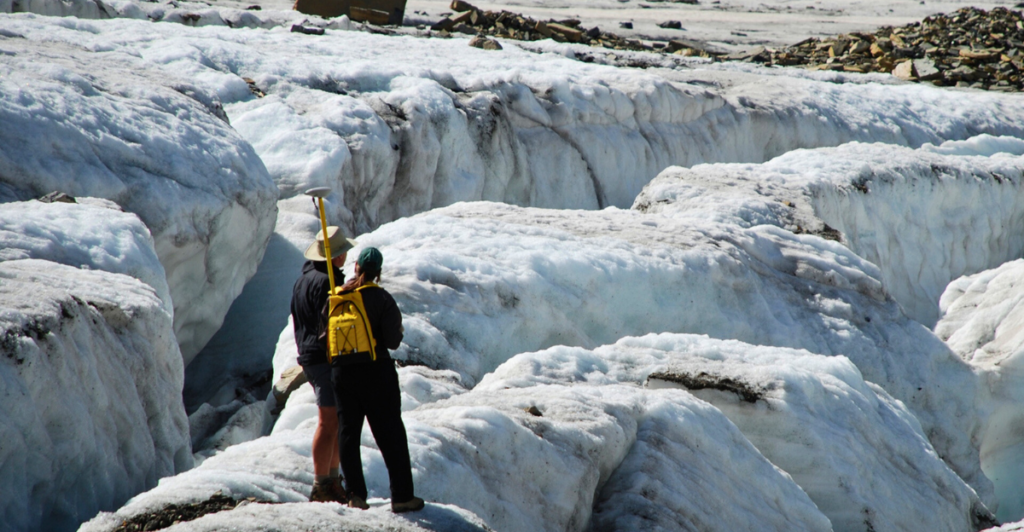
Recent research has revealed a significant flaw in the predictions of sea-level rise, particularly concerning temperate glacier ice. Based on laboratory experiments, this new understanding suggests that temperate glacier ice flows more steadily than previously thought. Consequently, this leads to lower projections for sea-level rise. The study, published in the journal Science, has implications for climate models and our understanding of glacier dynamics.
The Nature of Glacier Ice
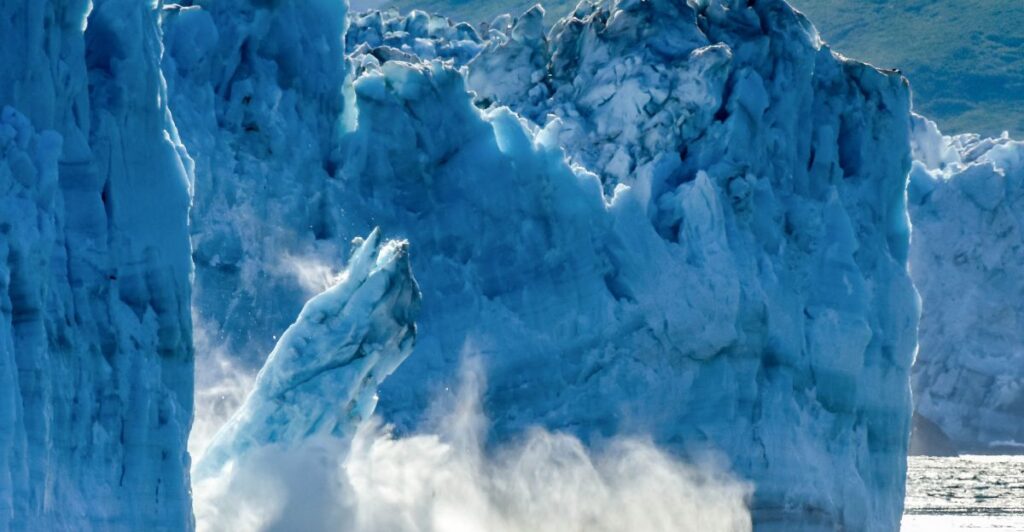
Neal Iverson, a distinguished professor emeritus at Iowa State University, emphasizes that glaciers consist of different types of ice. Some parts are at their pressure-melting temperature, making them soft and watery, akin to an ice cube left on a kitchen counter. This type of ice, known as temperate ice, has proven challenging to study and characterize effectively.
Cold Ice vs. Temperate Ice

In contrast to temperate ice, other sections of glaciers contain cold, hard ice, similar to an ice cube still in the freezer. This cold ice has been the primary focus of previous studies and models used to forecast glacier flow and behavior. The new research specifically addresses the dynamics of temperate ice.
Revising Glen’s Flow Law

The research paper titled “Linear-viscous flow of temperate ice” proposes that a standard equation foundational to glacier flow modeling—Glen’s flow law—requires revision for temperate ice. This law traditionally assumed a higher stress exponent value based on studies that predominantly involved cold ice.
Implications for Sea-Level Rise
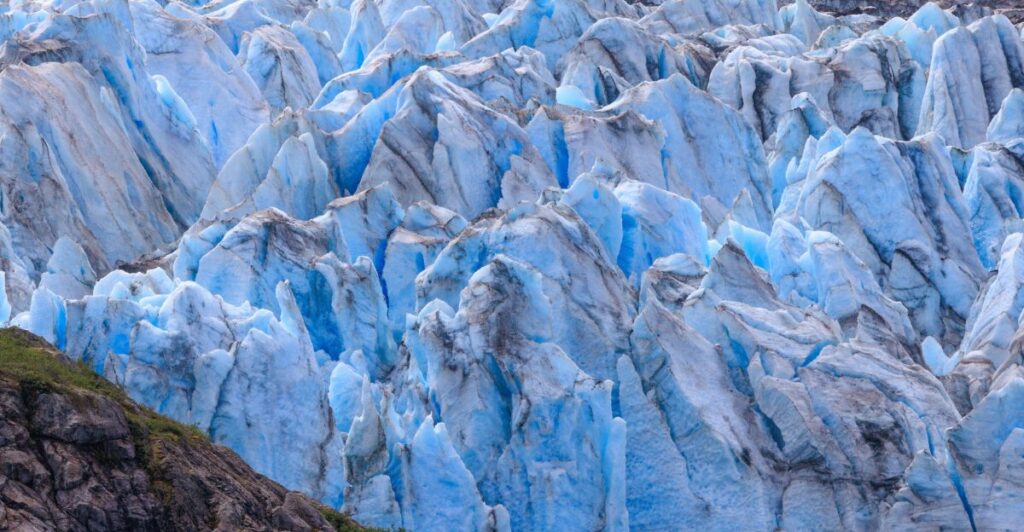
According to Iverson, using the newly proposed value in Glen’s flow law indicates that increases in flow velocity due to stresses from climate change will be much smaller than previously predicted. This adjustment implies that models will show less glacier flow into oceans, leading to lower projections of sea-level rise.
Laboratory Experiments

The study involved extensive laboratory experiments conducted using a specialized ring-shear device that simulates glacial forces and movements. This device has been operational since 2009 and was funded by the National Science Foundation (NSF). The experiments aimed to measure the liquid water content in temperate ice, a parameter not thoroughly examined since the 1970s.
Experimental Methodology
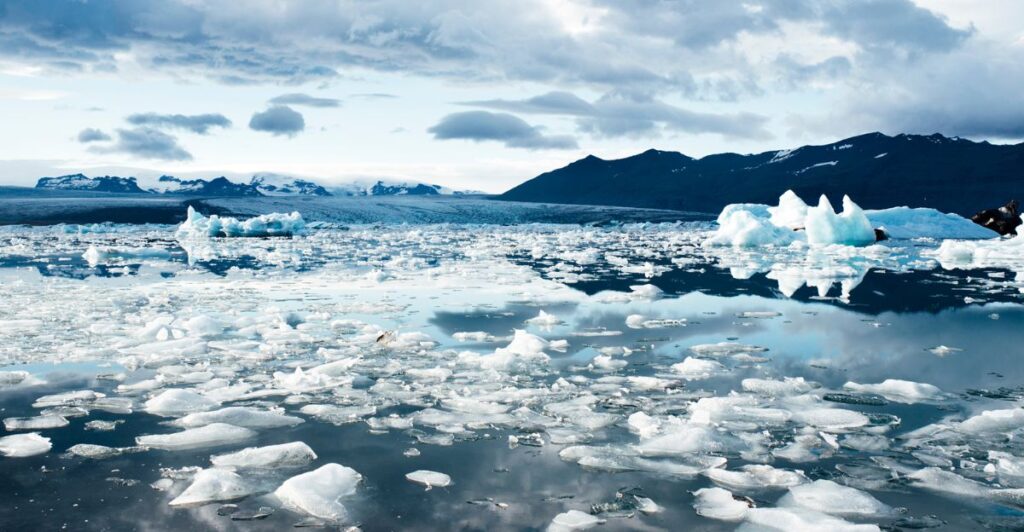
Collin Schohn, the primary author of the research paper and a former graduate student at Iowa State, conducted six experiments over six weeks each. These experiments involved deforming temperate ice at its melting temperatures under various stress conditions. The results provided critical insights into how temperate ice behaves under stress.
Findings on Ice Deformation

The experimental data revealed that the deformation rate of temperate ice is linearly proportional to the applied stress. This finding contradicts traditional assumptions that increasing stress would lead to exponentially greater deformation rates.
Importance of Modeling Warm Glacier Ice

The significance of accurately modeling warm glacier ice cannot be overstated. Temperate ice is prevalent near the bases and edges of rapidly flowing glaciers, which are crucial for understanding how these glaciers contribute to sea-level changes.
Revising the Stress Exponent
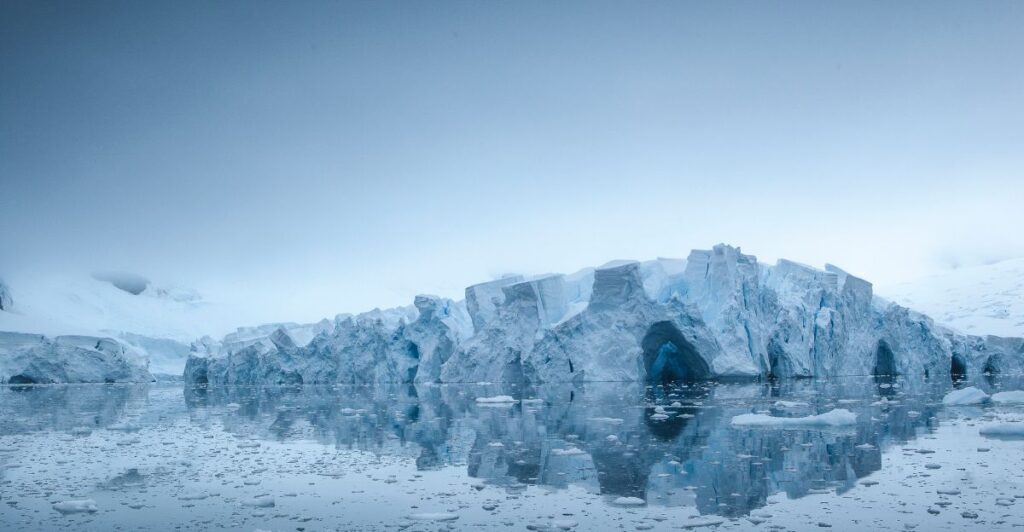
The study concluded that the stress exponent in Glen’s flow law should be set at 1.0 instead of the previously accepted values of 3 or 4. This change is based on new data indicating that temperate ice behaves linearly under common conditions expected near glacier beds.
Challenges in Conducting Research
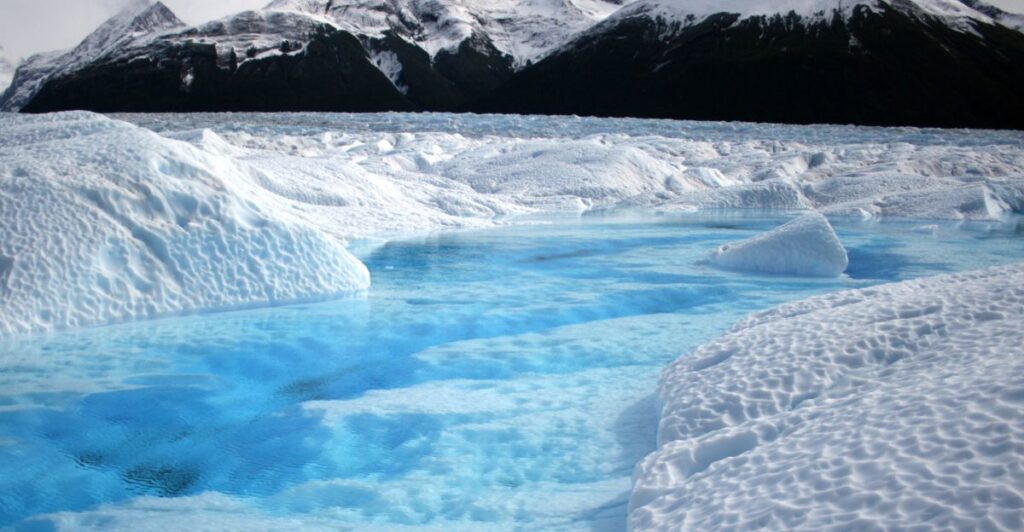
Conducting experiments with temperate ice presented numerous challenges due to its unique properties. Lucas Zoet, another co-author and geoscience professor at the University of Wisconsin-Madison, noted that previous studies primarily focused on cold ice due to these difficulties.
A Decade-Long Process
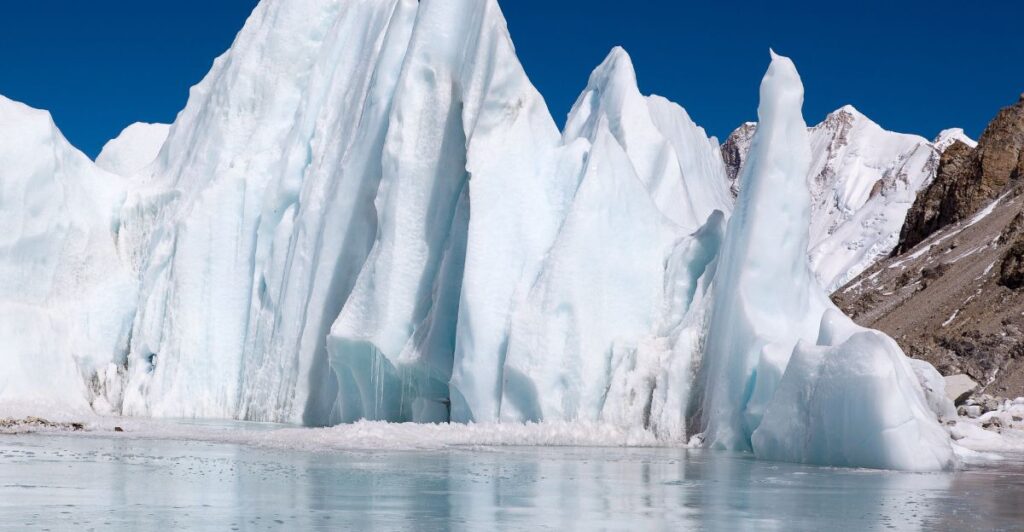
The journey to obtain data supporting this new understanding spanned nearly ten years. Iverson reflected on the perseverance required to navigate through various setbacks during this research process.
A Path Forward

This groundbreaking research provides a more accurate framework for modeling temperate glacier behavior and enhances predictions regarding glacier flow and sea-level rise. As climate change continues to impact glaciers worldwide, these findings are essential for developing effective strategies to address rising sea levels and their associated risks.
Discover more of our trending stories and follow us to keep them appearing in your feed

California Is Breaking Apart: A Fault Line Is Forming Faster Than Anyone Predicted
Climate Change Overestimated? New Data Shows Oceans Are Cooling The Planet Faster Than Predicted
After 800 Years of Silence, This American Volcano Shows Signs of Activity
Lake Shasta’s Remarkable Comeback From Drought Captured in Stunning Images
References:
Reference 1
Reference 2
Reference 3
This article first appeared here
Stay connected with us for more stories like this! Follow us to get the latest updates or hit the Follow button at the top of this article, and let us know what you think by leaving your feedback below. We’d love to hear from you!







